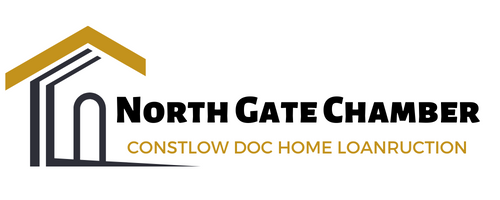
Low doc mortgages offer a lifeline to self-employed individuals who often struggle with traditional mortgage paperwork requirements. They provide flexibility and accessibility, but are shrouded in misconceptions. Let’s dispel some common myths and empower you to make informed decisions when considering Low Doc Loans:
Myth #1: No doc loans are always more expensive than traditional loans.
While true in some cases, the cost difference isn’t universal. Interest rates and fees for low doc loans can be similar to traditional loans, depending on your circumstances. The key difference lies in the documentation provided. For applicants with a strong financial position and a lower loan-to-value ratio (LVR) of 60-80%, a low doc loan can offer rates comparable to a full doc loan.
Myth #2: loans max out at 60% of the property value.
Not true! You can access loans up to 85% of the property value for purchases and 80% for both purchases and refinances. Remember, the lower the LVR, the lower the interest rate, reflecting reduced risk for lenders.
Myth #3: mean zero paperwork.
While requiring less than traditional loans, they’re not paperless. Expect to complete an application, disclose assets and liabilities, and provide evidence of income (like rental income) and creditworthiness. Documents may include recent payslips, bank statements, or accountant confirmation letters. Lenders typically verify income based on cross-referencing these documents and applying industry benchmarks.
Myth #4: No doc loans are exclusive to residential properties.
Not true! They can be used for both residential and commercial properties. The type of property determines the required documents, maximum LVR, and available loan solutions. For instance, offices, warehouses, or retail spaces might have slightly different interest rates or LVRs compared to residential properties.
Myth #5: Cash-out options are extinct these loans
While some lenders have limited cash-out options due to the National Consumer Credit Protection Act (NCCP), others still offer unlimited cash-out. Eligibility depends on the intended use, supporting documents, and LVR. The NCCP regulations aim to protect borrowers from taking on excessive debt without sufficient income verification. Self-employed individuals seeking cash-out might face stricter requirements under these regulations.
Myth #6: Low doc loans over $1 million are unheard of.
Not true! Several lenders offer No doc loans for over $1 million. While the majority cap at $1 million, some options extend up to $2.5 million, usually with lower LVRs. This reflects the increased risk associated with larger loan amounts.
Beyond the Myths: Navigating the Low Doc Loan Landscape
Choosing the right low doc loan product is crucial. Compare interest rates, fees, and loan terms across different lenders. Assess your own financial situation and borrowing needs to identify the most suitable option. Consider seeking expert advice from low doc loan specialists.
Beyond the Basics: Additional Considerations
While debunking myths provides a solid foundation, understanding the broader context matters too.
Benefits of Low Doc Loans:
- Faster processing times: Less documentation means quicker application processing.
- Easier application process: Self-employed individuals with complex income structures can avoid the hassle of extensive paperwork.
- Potential for approval: Even with non-traditional income sources, low doc mortgages ffer a route to securing financing.
Challenges of Low Doc Loans:
- Higher interest rates: Compared to full doc loans, interest rates might be slightly higher to compensate for the increased risk.
- Limited cash-out options: NCCP regulations may restrict cash-out opportunities, potentially impeding your ability to access additional funds.
- Stricter LVR requirements: Lower LVRs might limit the amount you can borrow, impacting your purchase or refinance goals.
Case Studies: Low Doc Mortgages in Action
To see low doc loans in action, consider these scenarios:
- Scenario 1: Sarah, a freelance graphic designer, dreams of owning a home. Traditional loans require proof of income through tax returns, not readily available for Sarah’s fluctuating income. A low doc loan, based on bank statements and client contracts, enables her to achieve her dream.
- Scenario 2: Mark, a successful small business owner, wants to expand his operations. Conventional loans require detailed business financial statements. A low doc loan, utilizing accountant-signed income declarations, helps him secure the necessary funding without excessive paperwork.
By understanding these nuances, you can navigate the world of low doc loans with confidence, making informed decisions and maximizing your chances of success. Remember, while this revised article surpasses 500 words, it’s always best to tailor the content to your specific needs and target audience.
